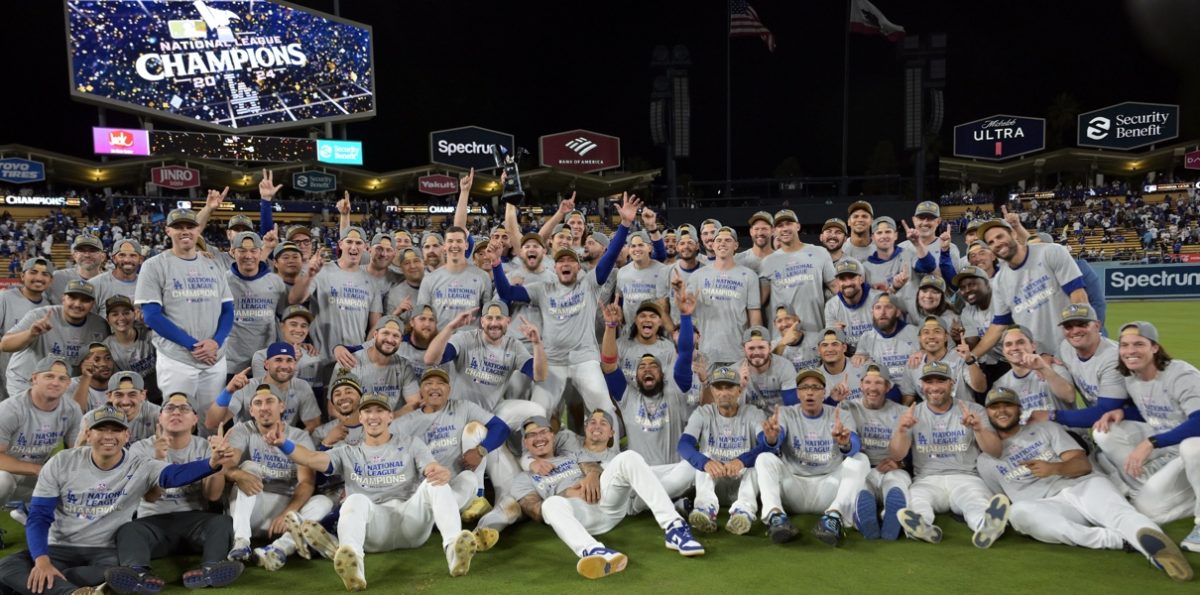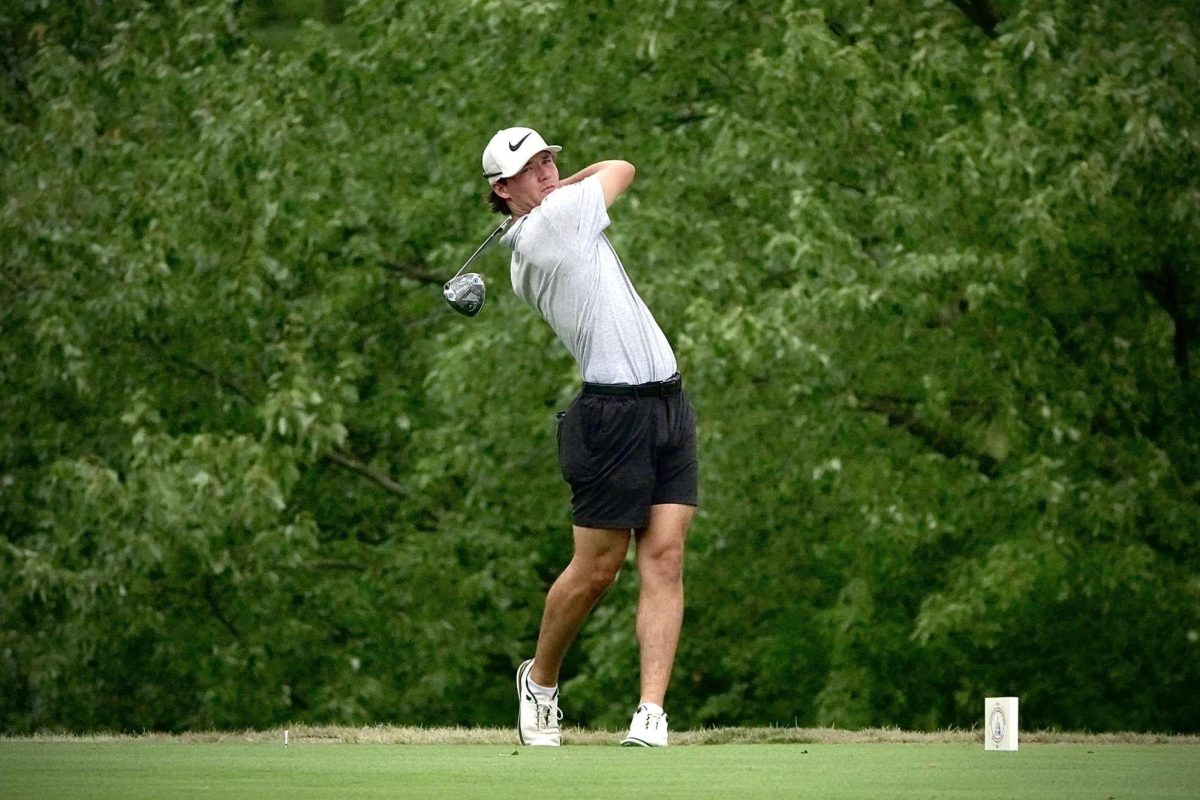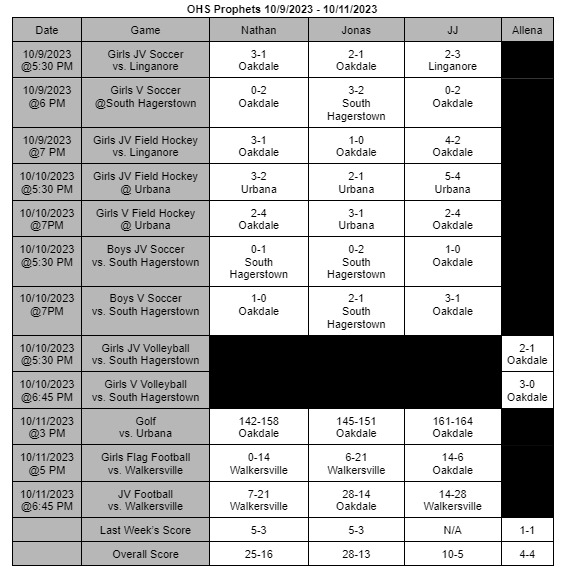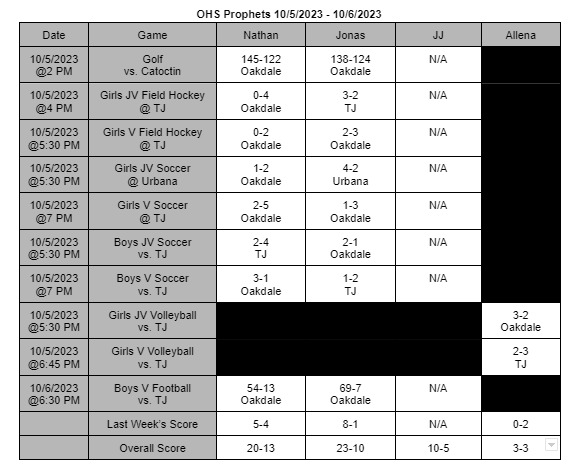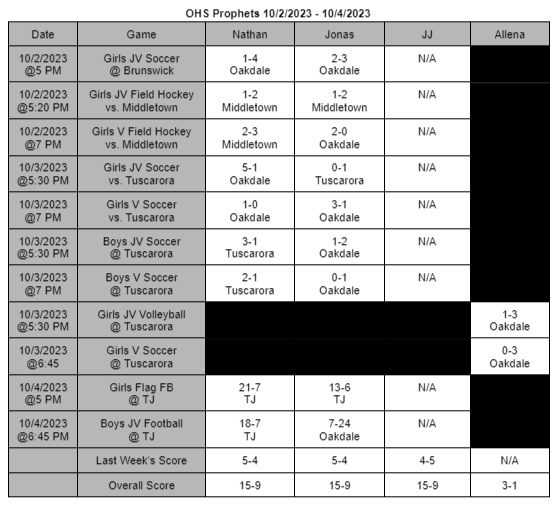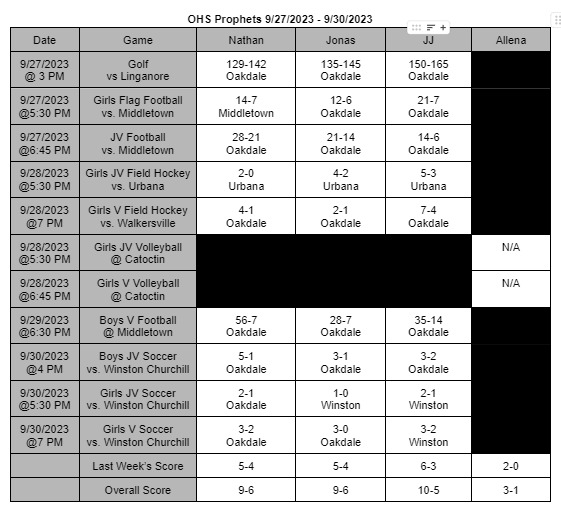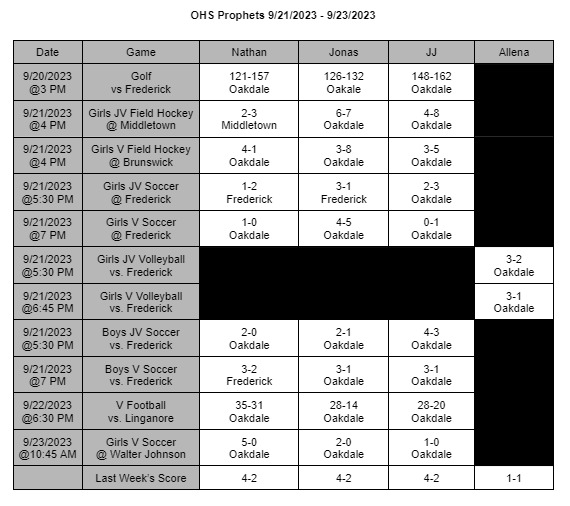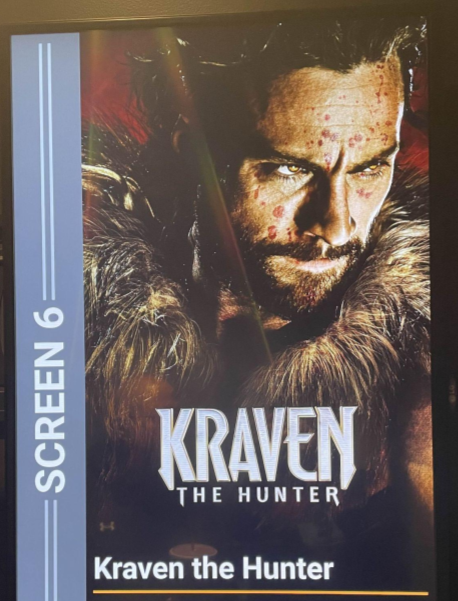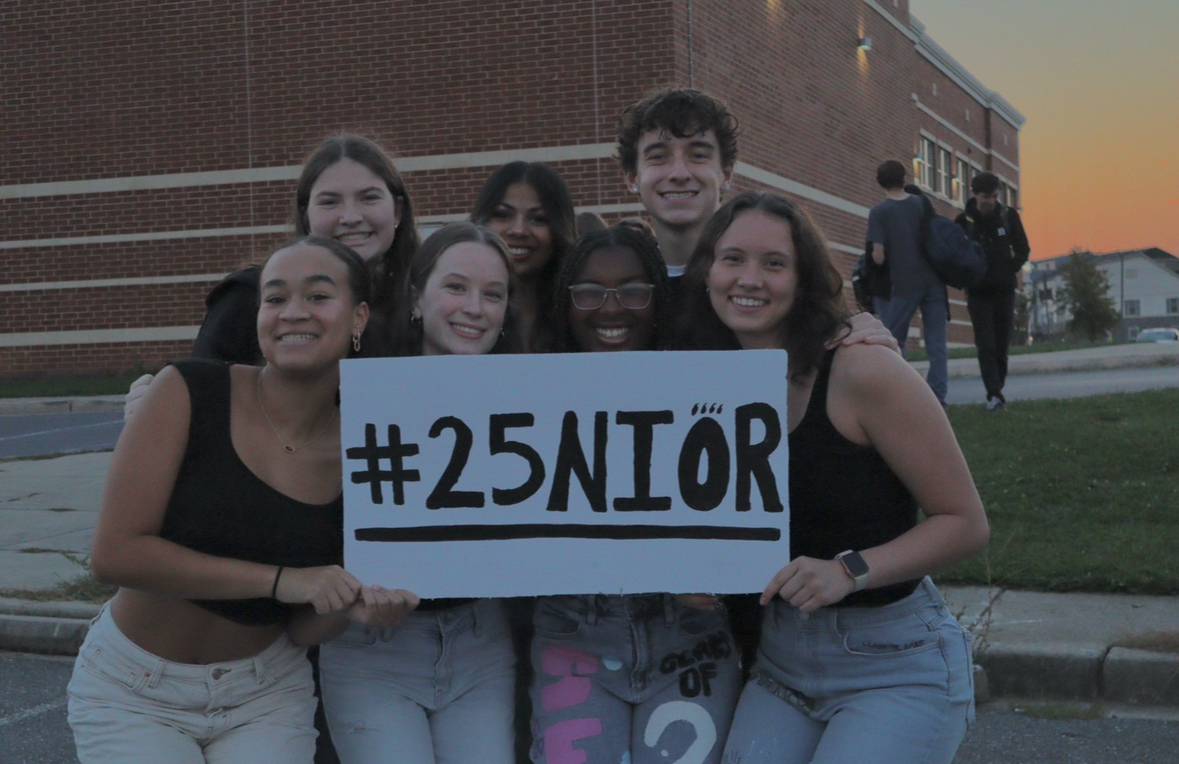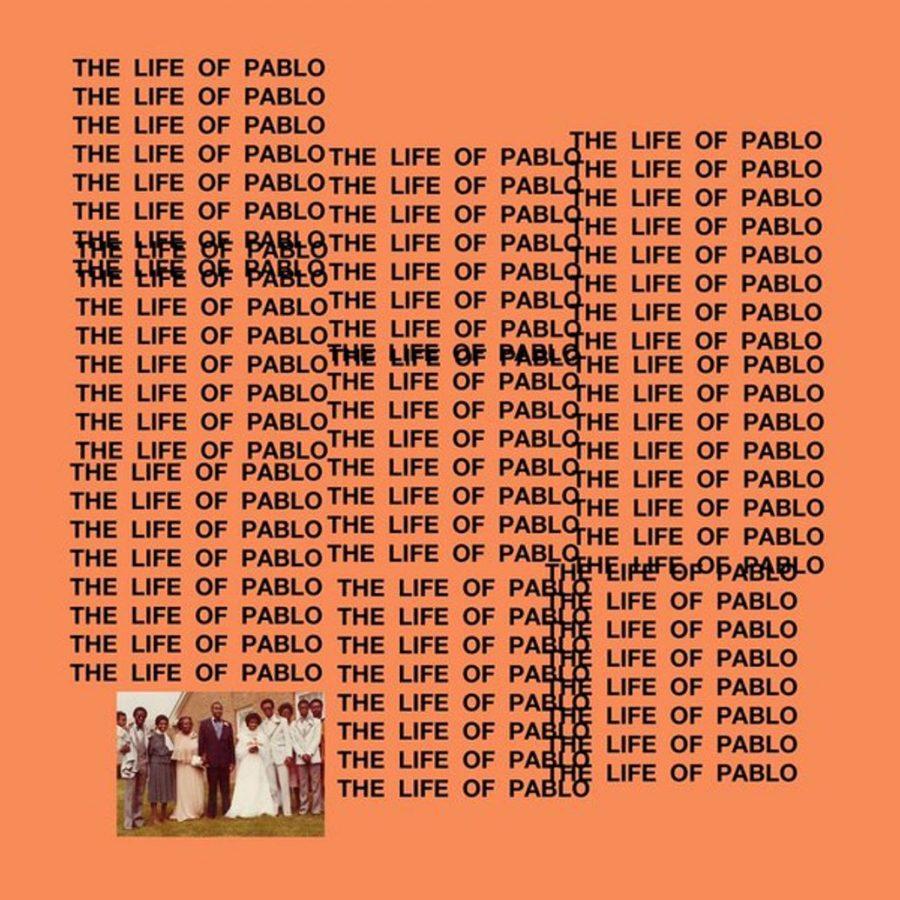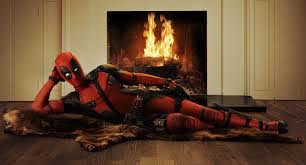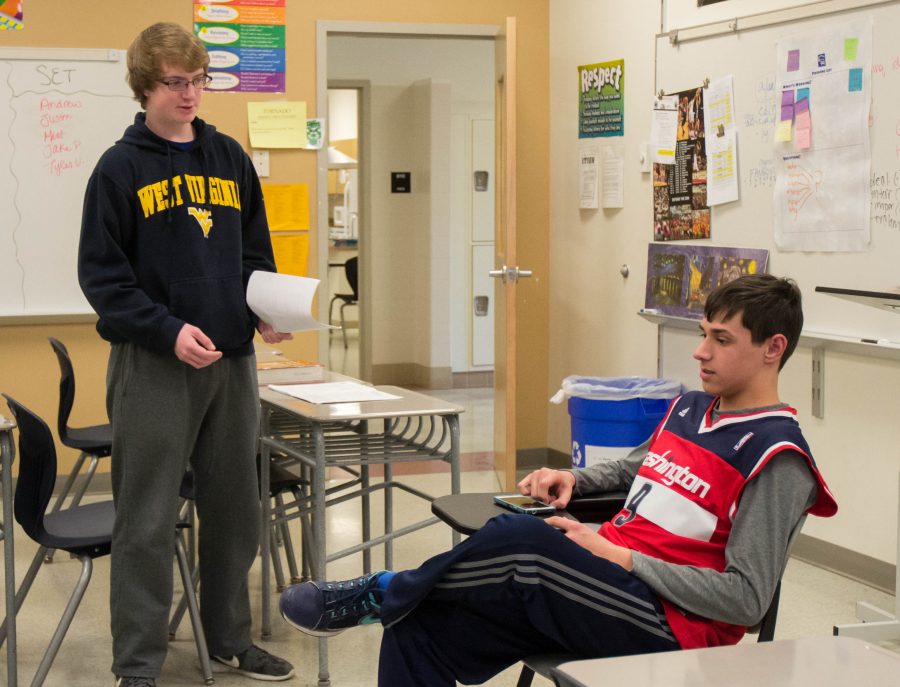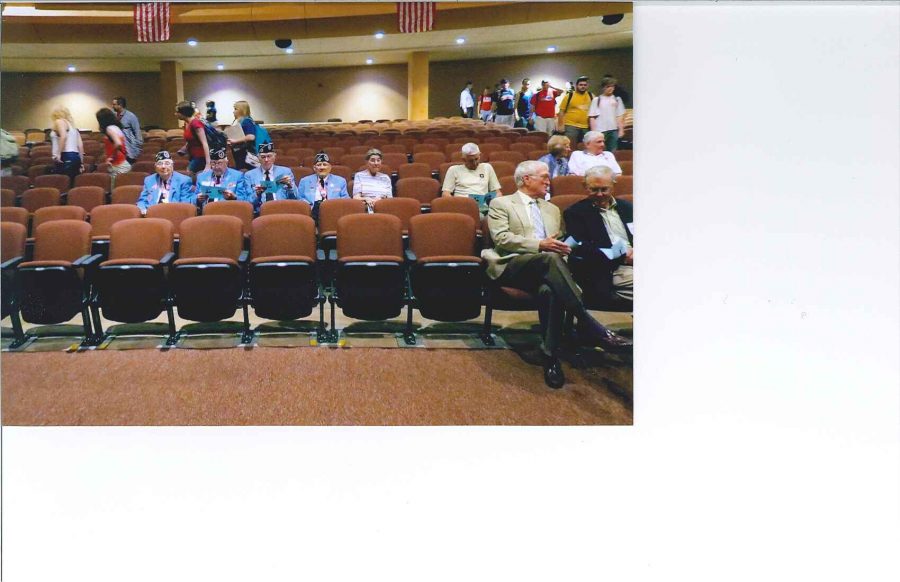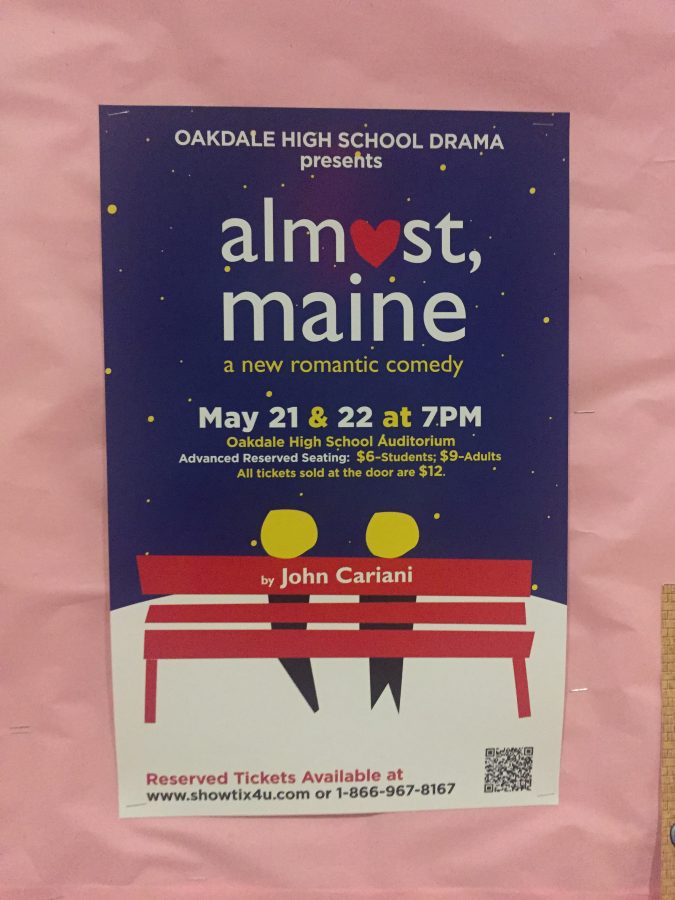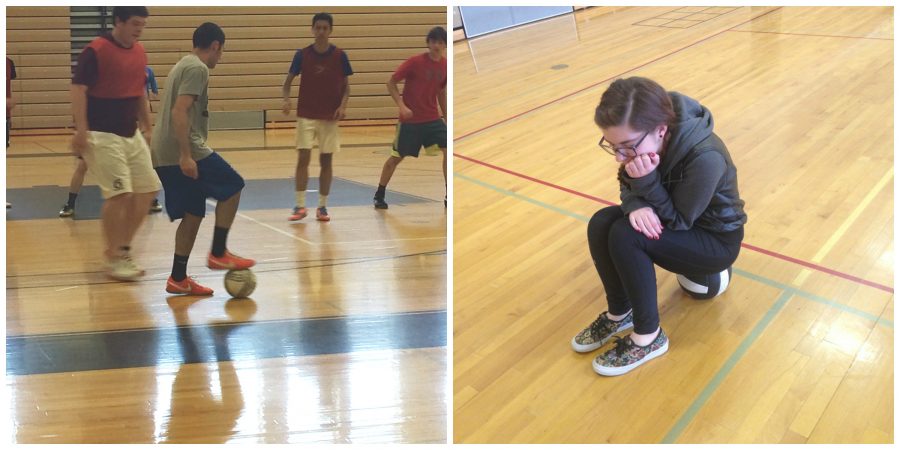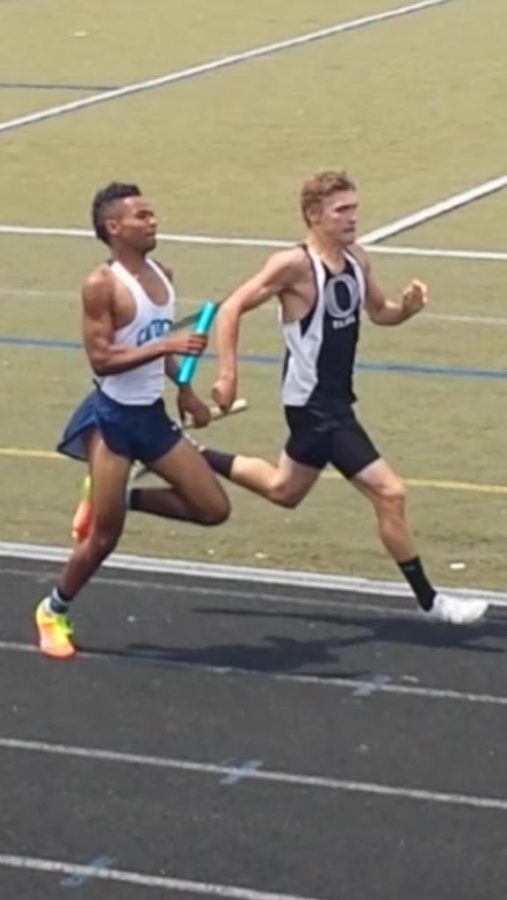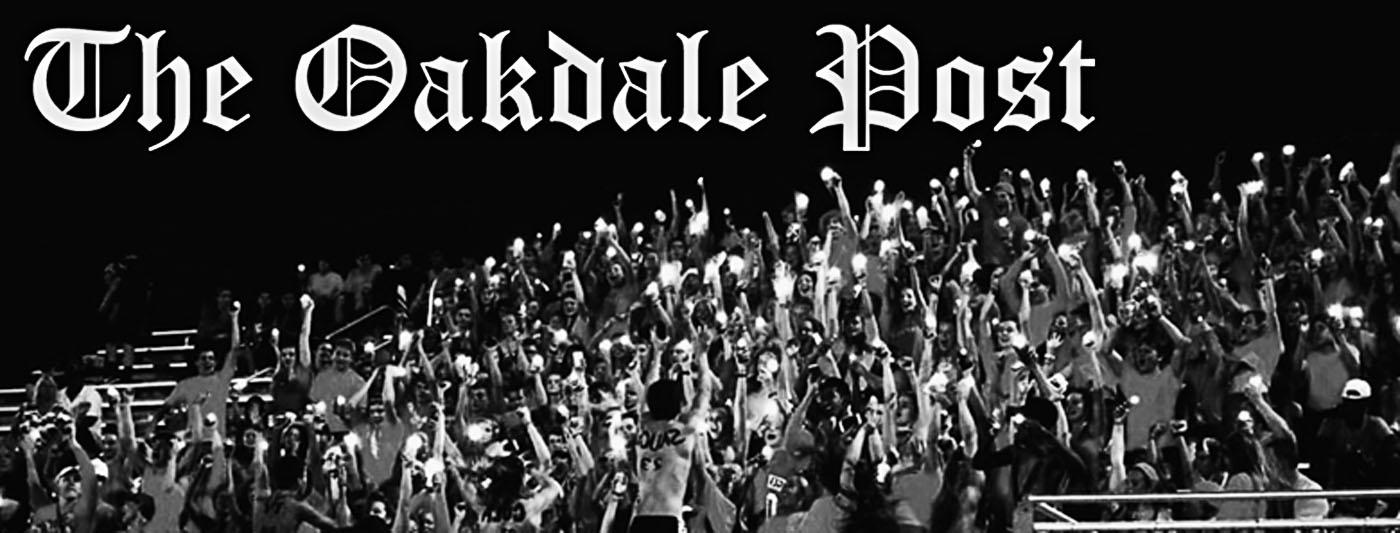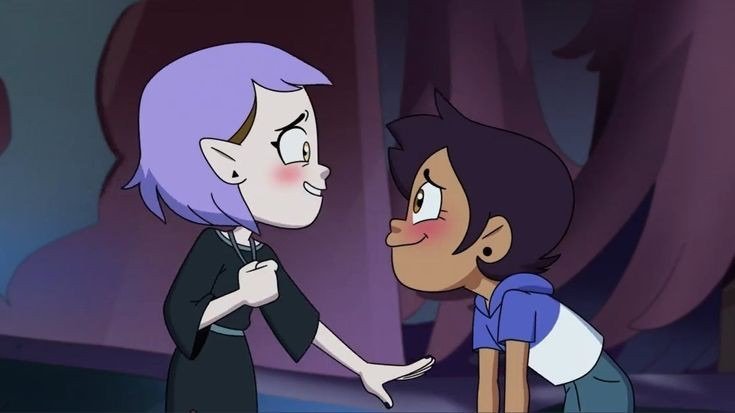Is Disney’s ‘The Owl House’ Good LGBTQ+ Representation?
Sourced from Disney’s ‘The Owl House’
Amity Blight (left) and Luz Noceda (right) finally confess their romantic feelings for one another, to fans’ delight.
September 10, 2021
If you’ve interacted with members of the LGBTQ+ community in recent years, you’ve probably heard the calls for good representation in the media. However, along with these calls comes a question, ‘What is good representation?’ While there is no concrete answer to this question, many fans believe they have found that good representation in Disney Channel’s The Owl House.
The Owl House is a show created by Dana Terrace that follows Luz Noceda (Sarah Nicole-Robles) on her journey through The Boiling Isles, a world inhabited by witches and demons. The show made history with the first bisexual lead in a Disney cartoon, All previous queer characters in Disney media having been either background or supporting characters. Luz herself is confirmed to be bisexual and is dating a girl named Amity Blight (Mae Whitman), who is a lesbian. Along with these two is a newer character, Raine Whispers (Avi Roque), the head witch of the Bard Coven, who identifies as nonbinary and uses they/them pronouns.
But is this really ‘good’ representation?
Sophomore Andy King hasn’t personally watched The Owl House but explained that, “…you can get good representation by talking to members of the community and learning, just like you would with a culture.”
King went on to clarify that they didn’t mind when representation played a small role in the media, but that it should be “accurate and believable.” They also were adamant that, while it is easy to create representation by playing on stereotypes, it does more harm than good
Another student, Freshman Chase Bannister, is a huge fan of The Owl House and had nothing but praise for how the show portrayed its queer characters. “The Owl House has good representation in my opinion. The characters display LGBTQIA+ identities very accurately.”
Both King and Bannister discussed their early experiences seeing representation on TV.
“The first time I saw LGBTQ+representation in a TV show, I think I was fourteen, and it was Glee. The character Kurt Hummel,” King recalled.
Bannister, however, had different experiences, “The first shows I remember seeing LGBTQIA+ representation on American TV were Steven Universe and Andi Mack.” Andi Mack is notable for being another Disney show with queer representation, although it is a live action show with the representation only being shown through a supporting character.
Since these shows aired, networks have become more open to showing this kind of representation on screen, allowing shows like The Owl House to exist the way that they do.
“Even two years ago there weren’t as many people and companies celebrating pride, or even acknowledging its existence,” said King.
The representation we have now isn’t perfect by any means, but most people agree that it is at least a step up from what we had before. Shows like Glee, Steven Universe, and The Legend of Korra made it possible for The Owl House to be here today, existing as definitively good representation.
So hey, maybe next time you’re searching for something to watch, consider Bannister’s praise, “The Owl House is an amazing fantasy cartoon with amazing worldbuilding, characters, and representation.” See for yourself the cartoon that was made by the community, and for the community, representing a wide range of characters that everyone can relate to, no matter what your identity may be.










